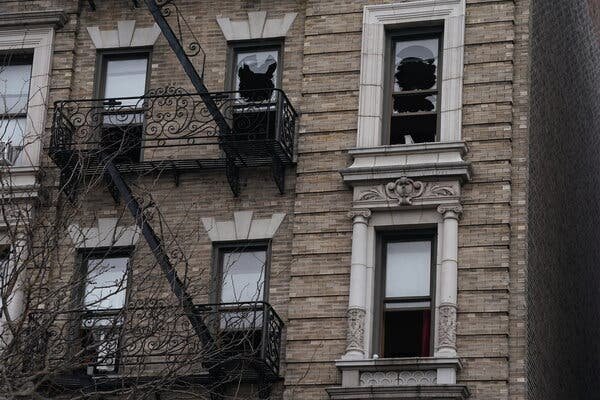Closure of city’s largest shelter complex indicates improvement in migrant crisis and relief on city resources.
New York City is set to close a large tent shelter on Randall’s Island that currently houses thousands of migrants, Mayor Eric Adams announced. The shelter has been one of the largest and most challenging shelters in the city. The number of asylum seekers in city shelters has been decreasing for the past 14 weeks, reaching its lowest point in over a year. This decrease in numbers has allowed the city to make the decision to close the shelter by the end of February.
The closure of the shelter highlights the easing of strain on city resources due to the migrant crisis, at least for the time being. However, officials will need to relocate many of the 2,250 adult migrants currently housed on Randall’s Island to other city shelters. They also need to be prepared to accommodate more individuals if there is a sudden increase in crossings at the southern border in the future.
Mayor Adams, who previously expressed concerns that the migrant crisis could negatively impact New York City, expressed optimism about the situation. While he acknowledged that challenges still exist, he stated that the city has made significant progress in addressing the crisis. The city has been working to reduce the number of individuals in its care by implementing measures such as limiting shelter stays to 30 or 60 days. The decrease in migrant arrivals is attributed to a presidential executive order issued by President Biden in June, which led to a significant decline in border crossings.
Since 2022, over 210,000 migrants have passed through the city’s shelter system, putting a strain on its capacity. However, with the recent decrease in arrivals and the city’s efforts to manage the crisis more effectively, there is a sense of progress and relief in the situation. The city is no longer in a constant state of emergency to open new shelters but is now focusing on closing existing ones. This shift indicates a positive development in the city’s response to the migrant crisis.
Source: The NY Times









